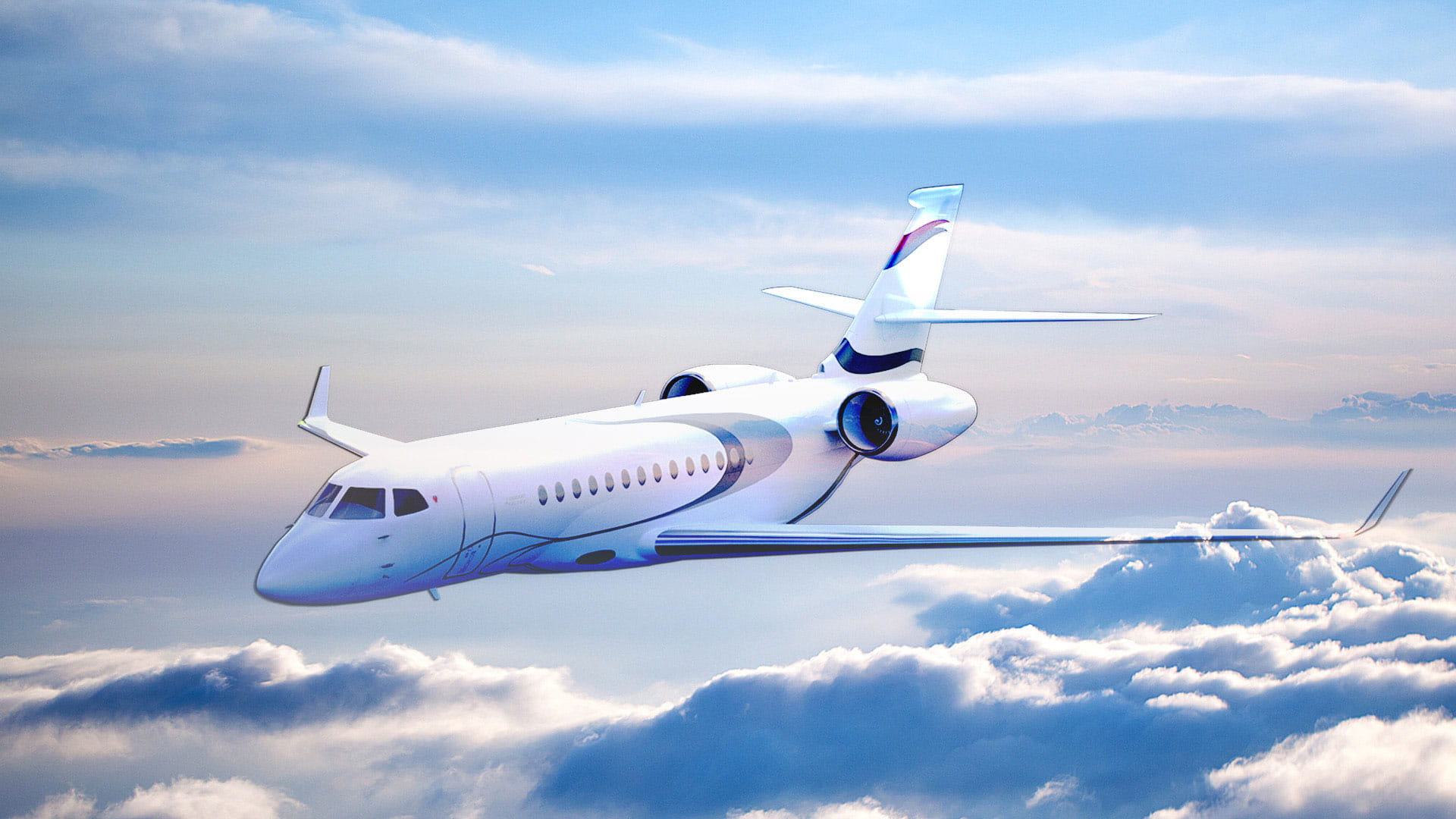The business aviation industry is built on the idea of efficiency – how to get passengers to far-off places as fast as possible. And, like their counterparts in commercial flight, business aviation operators are pursuing ways to fly more sustainably.
Flight path efficiency
Contrail management
Luckily, efficiency and sustainability go hand in hand, said Nicole White, a vice president of business development and sales at Collins Aerospace, an RTX business.
“There's a perception that business aviation doesn't care about sustainability, and it's absolutely not true,” said White.
White represents a division called Connected Aviation Solutions, and their job is to use technology to connect parts of the aviation industry that were previously siloed to improve every aspect of flight, from pre-flight planning to landing. Their solutions use data to make business aviation more sustainable today while electrified engines and sustainable fuels will provide greater carbon reductions in the future.

“There's a perception that business aviation doesn't care about sustainability, and it's absolutely not true.”
Nicole White | Vice President, Business Development and Sales | Collins Aerospace
Operators can reduce emissions now by planning more efficient routes. For instance, minor changes in speed and altitude can significantly reduce carbon emissions while increasing the in-route time by only a few minutes. Collins recently released an application called NextGen Flight Planning that analyzes data from weather, air traffic, flight paths and other sources to optimize routes pre-flight so planes arrive safely, in less time and having burned less fuel.
In a future version of NextGen Flight Planning, pilots will also be able to reroute in flight to avoid storms and delays. Instead of looking at maps and making calls to determine a new route, the application will suggest one that is shorter or that avoids circling a runway.
“To have software make the recommendation of what your new route should be, and instantly have your new waypoints on the screen, is incredibly valuable,” White said.
NextGen Flight Planning
From the mundane to the most complex, NextGen Flight Planning solves the needs of flight dispatchers, schedulers, pilots and operators to harness the power of data and use that for improved decision making.
AI helps make business aviation more sustainable beyond carbon emissions, too. Collins is also exploring ways to minimize the creation of contrails, or the clouds of exhaust that can trap heat inside the atmosphere. While the impact from contrails is still being studied, data can help pilots avoid them by making small adjustments to altitude.
A predictive analytics program from Collins called Ascentia® – already in use by commercial airlines – can also help business aviation operators reduce waste by avoiding premature replacement of parts. The program analyzes data from tens of thousands of aircraft, identifying previously unknown trends and patterns and helping plan more efficient maintenance. Collins estimates it could prevent up to 30 percent of maintenance-related delays, and that it has improved aircraft reliability and reduced the cost of unscheduled maintenance by up to 20 percent.
Actionable data like that, White said, is what will allow the industry to make informed decisions.
“We really are in a position to partner with these OEMs to design next-generation aircraft to meet their efficiency requirement while also being sustainable and giving their passengers an incredible journey,” she said. “And that's what we're here to do.”

